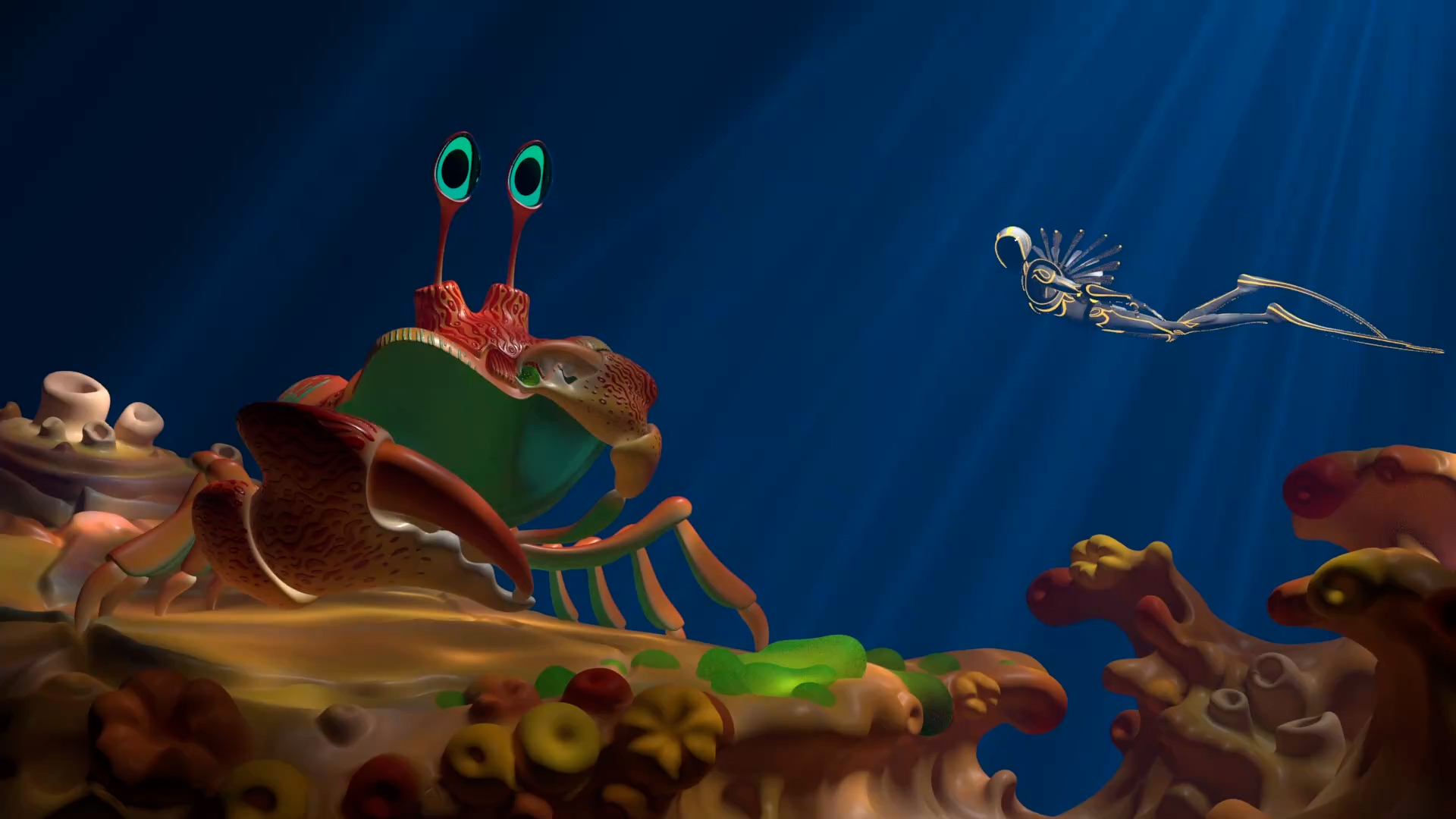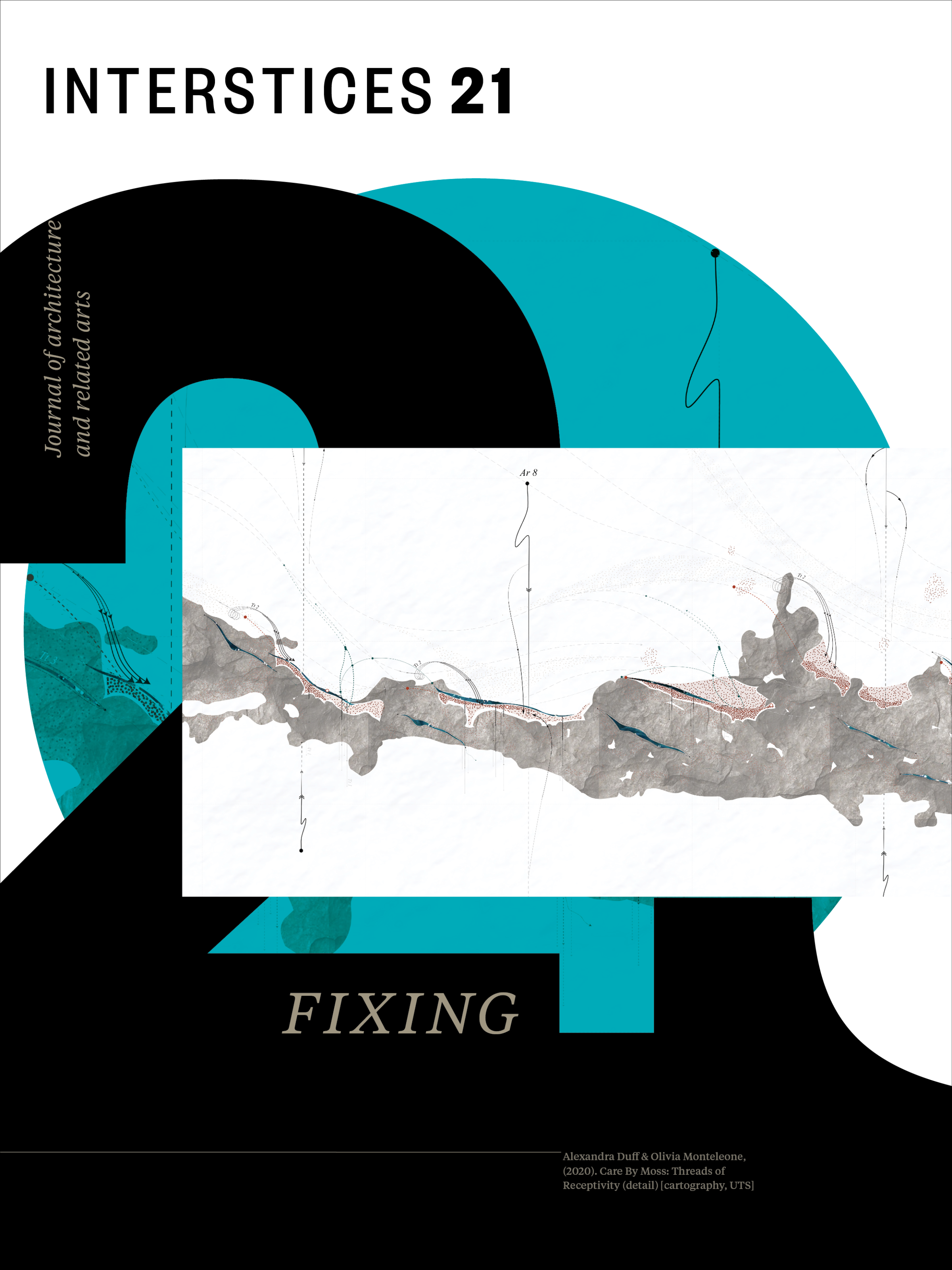This issue of Interstices 21 coincides with a period of crisis: a global pandemic set against a backdrop of climate change and ecological disaster. Crises, times of intense difficulty or danger, signal turning or tipping points. They are unstable moments depending on emergent conditions, at which small changes might have big effects. Crises frequently demand urgent action, but also destabilise conventional patterns of thought, generating complexity and making simple solutions improbable. Previously successful strategies seem suddenly inadequate, and sometimes a surfeit of purported solutions does not change anything at all. Crises spill over economic, national, ecological, and biological bounds to form an overwhelming milieu or predicament, rather than a collection of discrete, well-bounded problems. Even where solutions are clear (stop burning fossil fuel, vaccinate), the path to those solutions can be unexpectedly complex. On edge, people rush to find certainty in ever-hardening positions; but fixed frameworks seem to generate antagonistic camps more likely to exacerbate crises than defuse them.
These crises are bedded in the narratives of the modern capitalist project: stories of progress, human exceptionalism, individualism, and timely technical solutions. The figure of the individual innovator able to identify and overcome problems is a frequent protagonist in these stories, and architects and designers have frequently been seen (and seen themselves) in this light. Media ethnographer Stephen Jackson points to the way stories of innovation obscure the work it takes to keep the world going, and to adapt what already exists for new purposes. Redirecting attention to the work of fixing he writes,
The question is this: can repair sites and repair actors claim special insight of knowledge, by virtue of their positioning vis-à-vis the worlds of technology they engage? Can breakdown, maintenance, and repair confer special epistemic advantage in our thinking about technology? Can the fixer know and see different things — indeed, different worlds — than the better-known figures of ‘designer’ or ‘user’? (2014: 229)
Fixers, Jackson argues, engage in the “subtle arts of repair by which rich and robust lives are sustained against the weight of centrifugal odds”, occupying the fulcrum between an “always-almost-falling-apart world” and a world that is in a “constant process of fixing and creative invention, reconfiguring and reassembling” (222).
Arguably, architects and designers have tended to understand their primary work as poiēsis, “the activity in which a person brings something into being that did not exist before” (Polkinghorn, 2004: 115). But what might emerge from considering spatial and allied practices more akin to fixing, or as sympoiēsis, “making-with… worlding-with, in company” (Haraway, 2016: 115). As Donna Haraway defines it, the term indicates more than merely cooperation or collaborative strategies. It points to an underlying reality in which humans, organisms, and all manner of non-human entities “compose and decompose each other, in every scale and register of time and stuff” (97). Haraway imagines sympoiēsis as akin to making string figures:
Playing games of string figures is about giving and receiving patterns, dropping threads and failing but sometimes finding something that works, something consequential and maybe even beautiful, that wasn’t there before, of relaying connections that matter, of telling stories in hand upon hand, digit upon digit, attachment site upon attachment site, to craft conditions for finite flourishing on terra, on earth. String figures require holding still in order to receive and pass on (2016: 10).
In this issue of Interstices, we envision architecture and its related arts as the woven work of the fixer or sympoet. Facing our critical moment and drawing on the ambiguities of the verb ‘to fix’, we attend to works, spaces, and practices of composition and decomposition, reconfiguring and reassembling, improvising and empathising.
Read more…..


